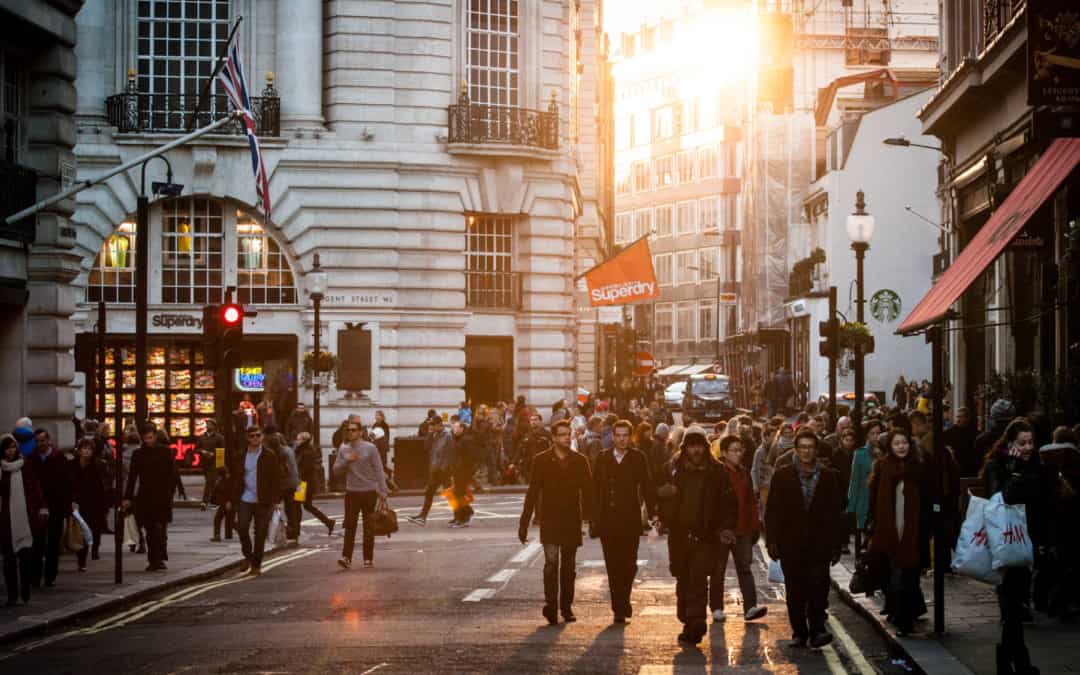We are weeks if not months into various shutdowns in the United States due to the novel coronavirus. The government has already taken many moves to try to soften the economic impact of the stay at home orders, layoffs and other effects caused by attempting to slow the spread of the virus.
Interest rates have been slashed back down to zero. States who have made irresponsible choices on pensions and spending are requesting bailouts. Unemployment is spiking. Stimulus measures are being passed.
The US Economy is based on consumption and debt. Over the long term an economy can’t survive based on consumption and debt. Long term prosperity is based on producing more than you consume. The US consumes more than it produces and makes up the difference with debt. But this article isn’t intended to address that. Taken at face value, the US Economy is based on debt.
With the majority of US states in some type of lockdown. People can’t go out and spend money. Just a few of the impacts: travel, collegian and professional sports, going out to bars, dine-in restaurants, movie theaters, and amusement parks.
People can still shop online to consume and restaurants can serve via takeout and delivery. But the fact is there are major disruptions to the supply chain and people staying home are going to be spending less.
When I look at the markets. They seem to believe that either the stimulus will make up for any disruptions and/or the worst is behind us. The S&P 500 for example, fell over 35% from the peak, but has rallied back and is down just over 14% from the February 19 high of 311.59.
I do think the US government backed by the Fed will print and spend and stimulate the economy as much as they can. But the Fed can’t print masks, toilet paper, food, or goods and services.
The inevitable result will be price inflation and shortages. I don’t want to be doom and gloom. While there are real risks there is no need to panic over COVID-19. People have an amazing ability to adapt and unencumbered entrepreneurs are incredible at generating wealth and increasing standards of living for everyone.
However, there are real challenges and owning alternative assets like gold and silver could be a great way to protect wealth.
I also read a great article that compares the stagflationary episodes in past decades and what investments did well then. It isn’t a quick read but provides detailed and valuable information about What a Secular Bear Market in the 2020s Could Look Like.

